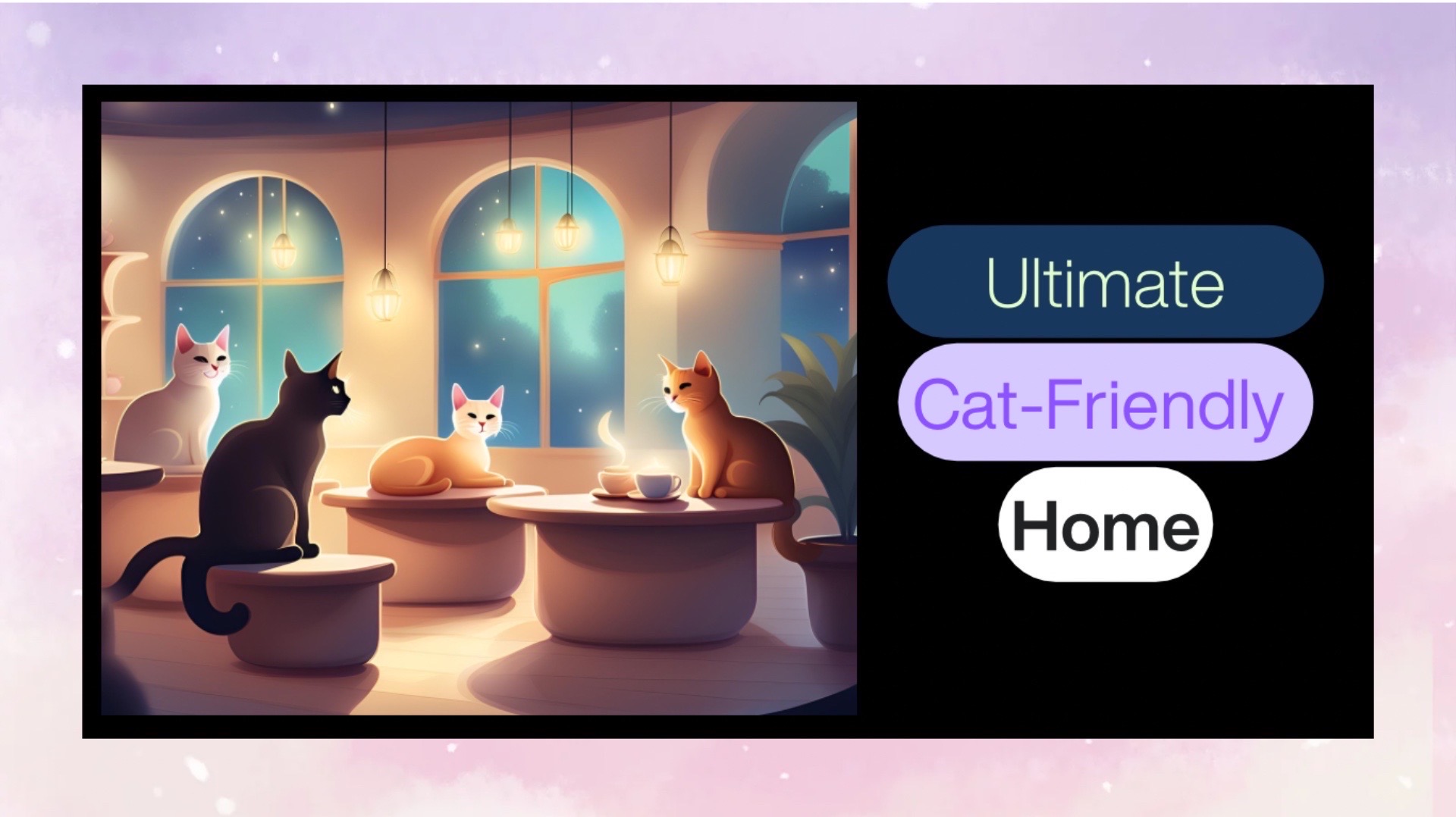Cats thrive in environments that stimulate their instincts, provide comfort and provide spaces to relax. As more cats move into the home, designing a home that fits their needs can improve their well-being and keep them physically and mentally occupied. This guide outlines the steps to creating the perfect home for your furry friend, with fun facts and tips along the way.
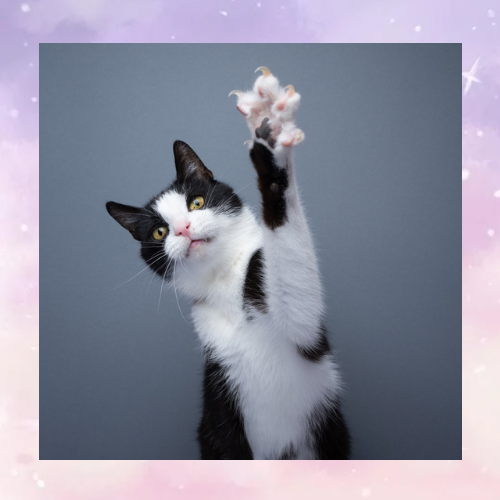
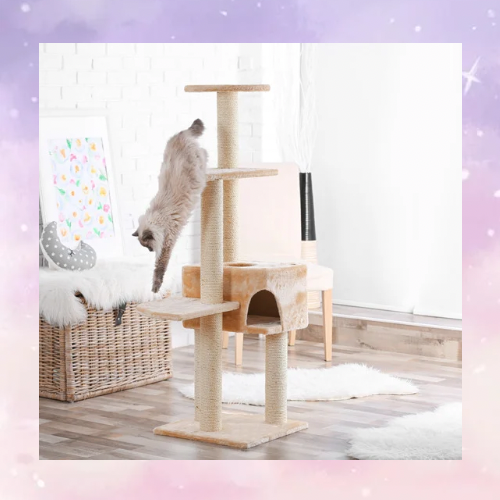
Design of vertical spaces: Cats love to climb and perch above their environment, imitating the behaviors of nature. Adding vertical spaces like cat trees, wall shelves, or even tall furniture can satisfy this instinct.
Fun fact: Did you know that cats can jump up to six times their body length in a single bound? That’s why they love high spaces that test their agility.
Pro tips:
Use cat-specific wall shelves with a non-slip surface.
Arrange shelves at different heights to create a climbing path.
Place stations near windows to enjoy the view outside.
Create comfortable resting areas: Cats spend up to 16 hours a day sleeping. It is essential to provide them with some comfortable resting areas for their comfort. These areas can include soft beds, hammocks, or even blankets placed in hidden corners.
Ideas for resting areas:
Use warm beds for older cats with joint problems.
Incorporate furniture with built-in hiding places.
Place beds in quiet areas where your cat feels safe.
Fun fact: Cats often curl up in small spaces because it mimics the feeling of being in a den, giving them a sense of security.
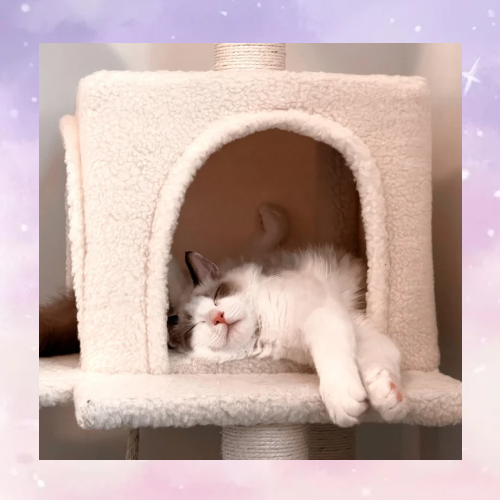
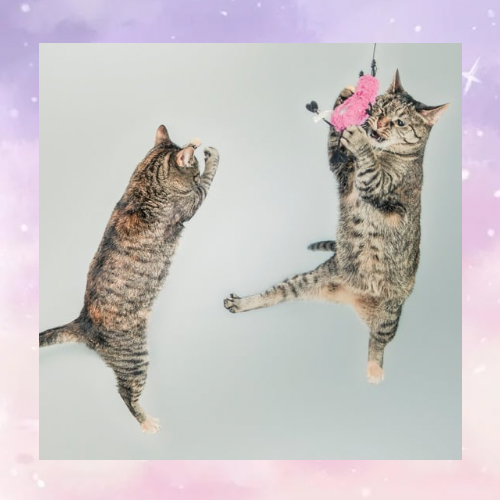
Enrich their environment with toys and activities: Cats need physical and mental stimulation to stay healthy. Interactive toys, puzzle feeders, and scratching posts are great for keeping them entertained and active.
Activity suggestions:
Rotate toys to avoid boredom.
Use stick-shaped toys to mimic hunting games.
Introduce scratching posts made from different materials such as sisal or cardboard.
Unique Idea: Scratching is more than just a habit: it helps cats stretch, removes old layers of nails, and marks their territory with scent glands on their paws.
Create a Cat TV Station: Place a perch or bed near a window to create a viewing area where your cat can watch birds, squirrels, or other outdoor activities. If your window doesn’t have a view, consider setting up a bird feeder outside to attract wildlife.
Fun fact: Cats are attracted to movement. Their keen eyesight detects even the smallest movements, which explains their fascination with “cat television.”
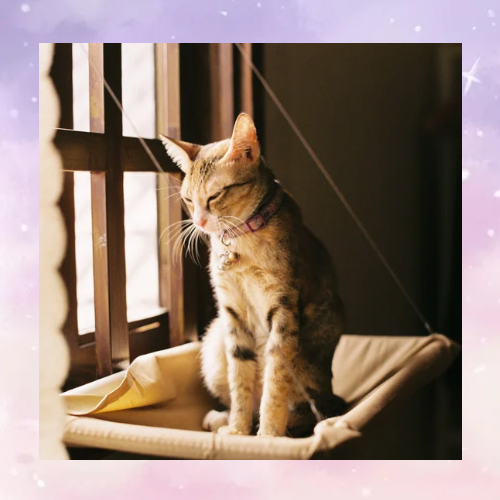
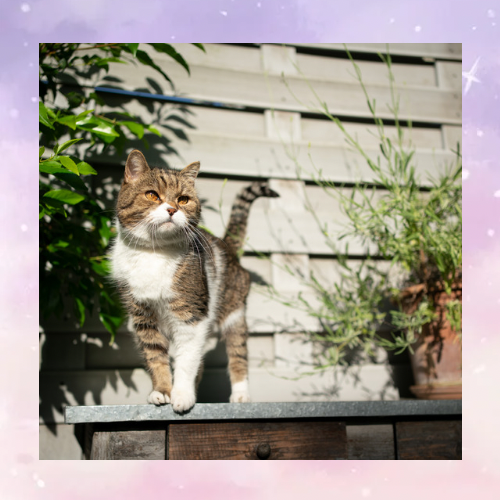
Provide them with access to safe outdoor experiences: While it’s safer to keep cats indoors, allowing them to spend time outdoors under supervision can enrich their lives. A catio (cat yard) or leash training can provide safe access to nature.
Tips for spending time outdoors safely:
Build a secure enclosure with chicken wire or fencing.
Gradually introduce a harness and leash to avoid stress.
Always supervise outdoor activities to avoid hazards.
Unique fact: Cats have over 200 million olfactory receptors in their noses. Exploring outdoor scents can be an exciting sensory experience.
Maintain a clean litter box area: A clean litter box is essential for your cat’s health and comfort. Choose the appropriate type of litter and tray according to your cat’s preferences and place it in a quiet but accessible area.
Litter Box Tips:
Pick up trash daily and replace trash weekly.
Avoid litter with strong scents, as cats prefer natural scents.
Have a litter box per cat, plus an extra box, to avoid competition.
Fun fact: Cats are meticulous about cleanliness. If their litter box doesn’t meet their needs, they may look for other places to breed.
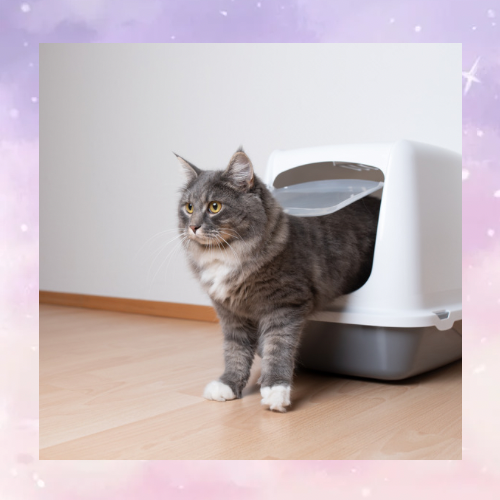
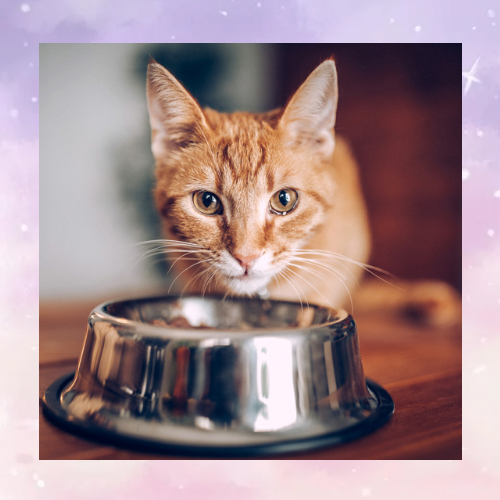
Meet their dietary needs: Cats are obligate carnivores, requiring a diet rich in protein. Make mealtimes attractive by using puzzle feeders or placing food in different locations to encourage foraging behavior.
Unique fact: Cats have less of a sense of taste than humans, but they are particularly sensitive to the taste of meat and fat, which explains their strong preferences.
Build a connection through interactive play: Play strengthens the bond between you and your cat by keeping them physically active. Activities that mimic hunting, such as chasing laser pointers or chasing feather toys, can appeal to their natural instincts.
Fun fact: Cats have a “kill bite” instinct, which involves biting toys or prey to simulate a real hunt. It’s a way for them to practice their survival skills.
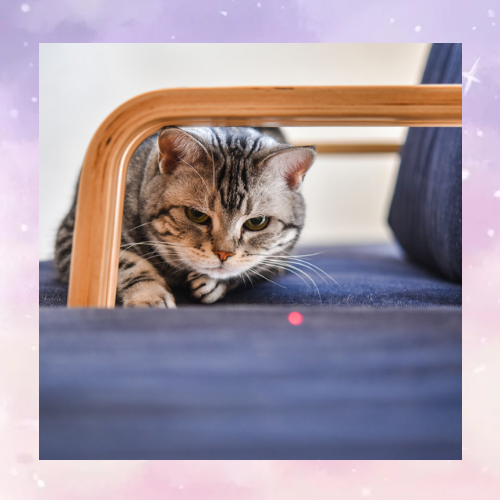
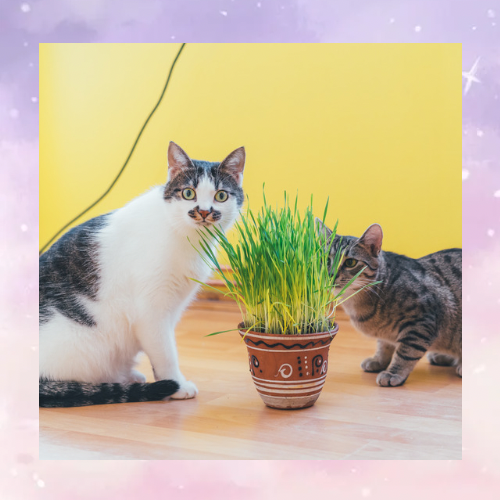
Use safe plants for cat enrichment: Certain plants can enrich your cat while being safe for him. Catnip and cat grass are excellent choices. Avoid toxic plants like lilies or pothos.
Tips for growing plants:
Create a small “cat garden” with non-toxic options.
Place plants in areas where your cat can access them.
Monitor their interaction to ensure they don’t consume too much.
Unique information: Not all cats respond to catnip. Sensitivity is hereditary, and about 30% of cats lack the gene that triggers a reaction.
References
1.International Cat Care. “Creating a Cat-Friendly Home.” https://icatcare.org/app/uploads/2024/03/Changes-to-the-home-environment_ISFM-caregiver-guide_FINAL.pdf
2.ASPCA. “Indoor Enrichment for Cats.” https://www.aspca.org/pet-care/cat-care/feline-diy-enrichment
3.Cornell Feline Health Center. “Understanding Cat Behavior.” https://www.brookvet.com/services/cats/behavior
4.ASPCA. Toxic and non-toxic plants. https://www.aspca.org/pet-care/animal-poison-control/toxic-and-non-toxic-plants



